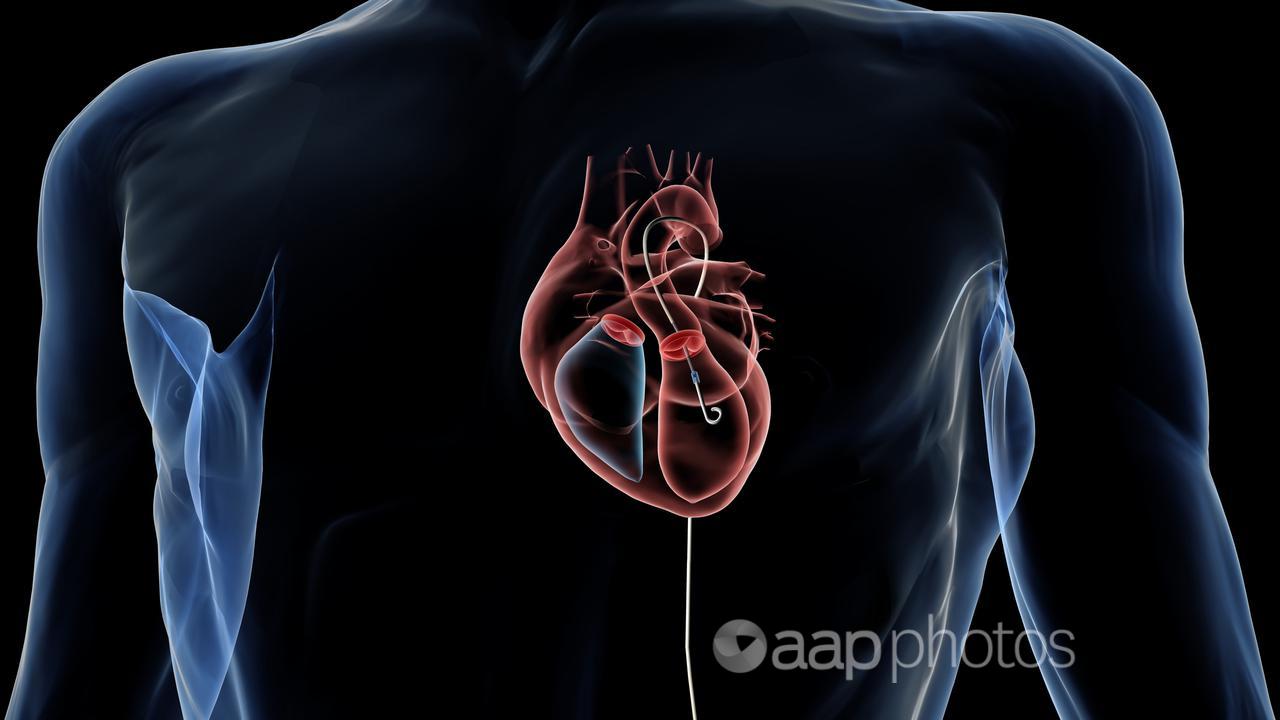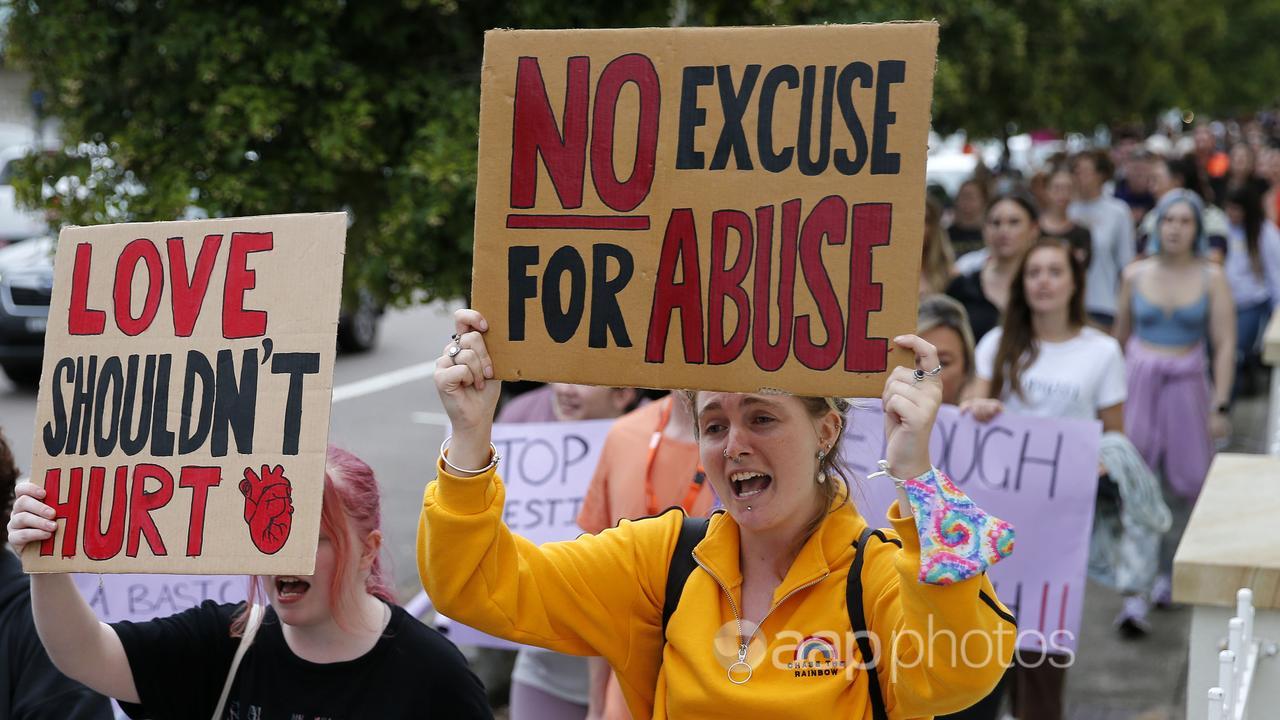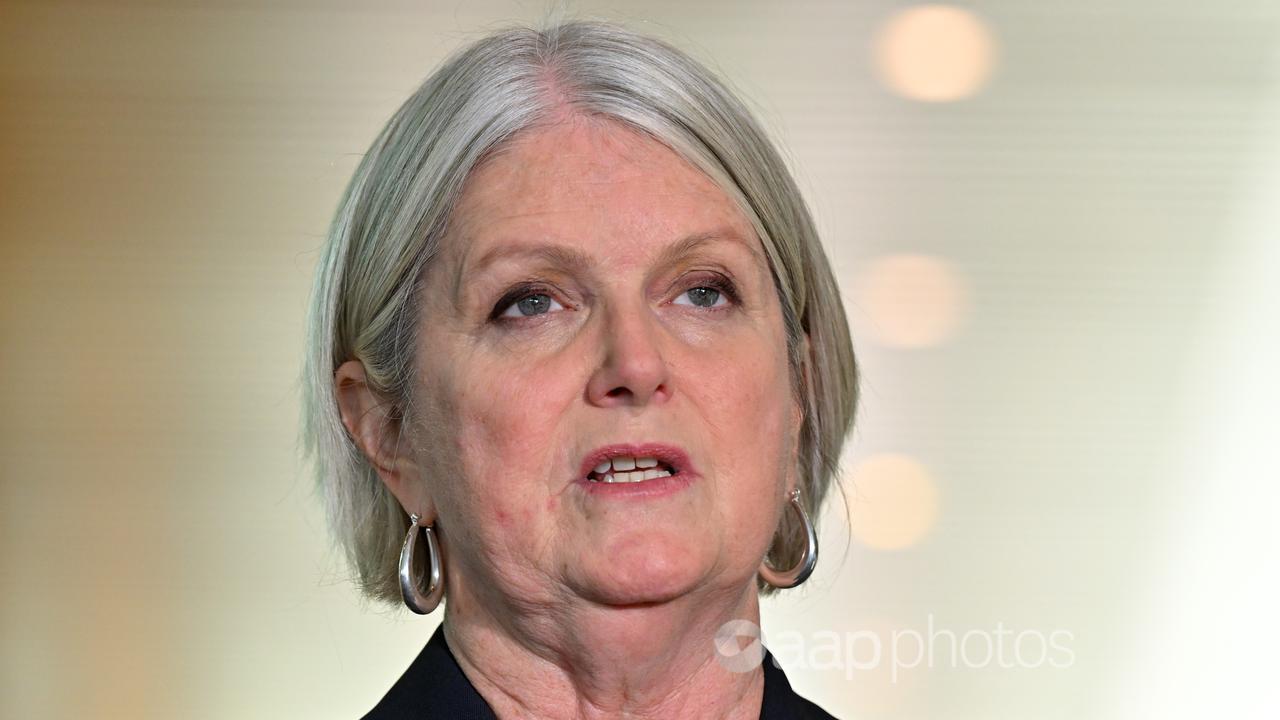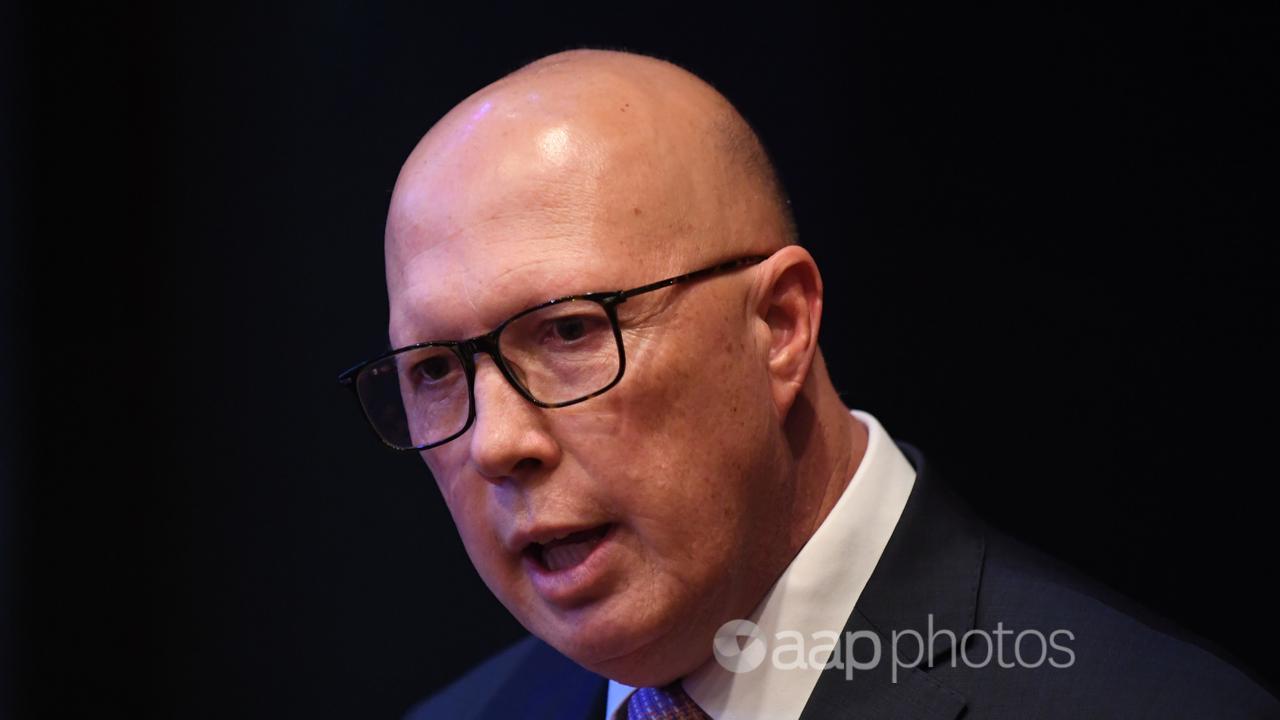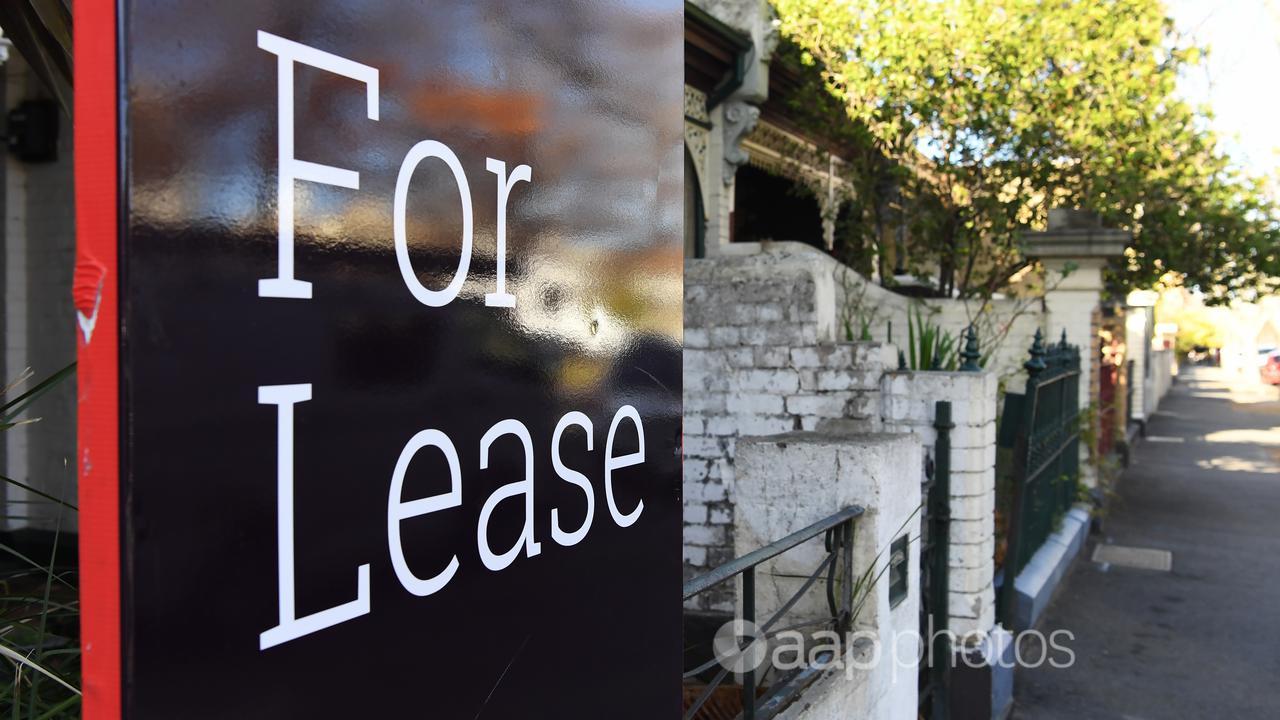A “natural health consultant” with almost a million subscribers on his social media accounts claims a do-it-yourself chest massage and tapping routine can clear the symptoms of heart disease.
In a Facebook video, initially posted in 2019 but shared recently by users in French Polynesia, a man identified as Austin Goh performs a series of exercises over the heart region of his chest, including massage, thumping and tapping, and deep breathing.
While he doesn’t mention heart blockages in the video, the post’s caption reads: “The exercise this man is showing has cured and saved thousands from heart blockages….! Now his video has gone viral and thousand of heart patients are searching for this clip. So watch this clip and try this exercise.”
But cardiologists dismiss this technique, raising concerns about its influence on people suffering heart disease, who risk a heart attack if they don’t seek prompt treatment. They warn the massages have no medical merit.
During the video, which has almost one million views, Goh claims his exercises will “warm up” and relax “the muscles in the heart”, and “open up the channel and increase the flow of blood into the heart”.
Elsewhere on social media, Goh more explicitly links his exercise technique with relieving “clogged arteries”. In a YouTube video, Goh says: “Are your arteries more congested than a Bangkok traffic jam? Do you wish you could just clear them out? If you want to clear your clogged arteries, I’m going to show you how to do it naturally” (video mark 5sec).
His method in the video varies from the technique in the Facebook post, but Goh stands by the older method. In the comments, a follower asks: “Should I do this exercise along with your older exercise, ‘How to clear blockages in the artery in your heart’?, which I am practicing now for more than a year.” Goh replies: “Yes you can. Keep us update (sic).”
Goh has amassed almost 930,000 subscribers to his YouTube channel, a Facebook page with 21,000 followers and an Instagram account with 4500 followers. On his LinkedIn page, Goh describes himself as a “natural health consultant” and says of his posts: “I now help others to get rid of their chronic health problems and get rid of their pain naturally.” His website claims his “health solutions” have reached more than 34 million people.
However, Isuru Ranasinghe, senior cardiologist at Prince Charles Hospital in Brisbane and a University of Queensland faculty member, says Goh’s video is “quite concerning”.
“There is no merit whatsoever to this claim,” Dr Ranasinghe told AAP FactCheck by email.
“Many conditions can cause chest pain. Doing these exercises may relieve muscle aches and pains (a common cause of chest pain) but it will do nothing to cure coronary artery disease. If your chest pain is due to heart disease, vigorous exercise may increase your risk of a heart attack.”
Coronary heart disease happens when “the major blood vessels in the heart get narrow and stiff. It can cause heart attacks and angina,” according to the Heart Foundation. Angina symptoms include discomfort, heaviness or tightness of the chest, which can also spread to the back, shoulders, neck or jaw.
The clinical term for the narrowing and stiffening of arteries due to the build-up of fatty material called plaque is atherosclerosis.
Dr Ranasinghe said if the narrowing progressed, it started to limit the flow of oxygen-filled blood to the heart muscle, and patients often felt chest pain. Sometimes the plaque could rupture suddenly and block the blood vessel, causing a heart attack. He said it was crucial people experiencing chest pain quickly sought a medical assessment from a GP.
“This is not a condition that can be treated by massage, thumping and tapping on the chest,” he said.
“Unfortunately, many patients don’t realise that chest discomfort or pain can be a harbinger of a life-threatening heart attack. Significant number of Australians die every year from a heart attack before they get to a hospital, or come to the hospital with a massive heart attack.”
Dr Ranasinghe said it was frustrating the video goes against the message doctors and health organisations had advocated for years, urging people to seek medical help as early as possible.
“I hate to think how much harm comes from misinformation such as this,” he said.
Hosen Kiat, professor of cardiology at Macquarie University, told AAP FactCheck there wasn’t the slightest truth in what Goh’s video described in relation to atherosclerosis.
“Atherosclerotic plaque in blood vessels (including of the heart) is, by and large, a lifestyle related acquired disease often starting from a young age, thus the effective ‘cure’, not surprisingly, has been proven effective through requisite lifestyle changes, and the degree of success complemented by optimal medical therapy,” he said in an email.
AAP FactCheck has examined similar misinformation in a Facebook post, which claimed a person could perform deep coughs to save themselves if having a heart attack.
The heart massage claim has also been debunked here.
The Verdict
The claim that massaging, thumping or tapping the chest around the heart region can relieve symptoms of “heart blockage” or atherosclerosis is false. Cardiologists told AAP FactCheck the advice in the Facebook video had no medical merit. They warned that chest pain could be a sign of serious coronary heart disease and advised people to consult a GP.
False – The claim is inaccurate.
* AAP FactCheck is an accredited member of the International Fact-Checking Network. To keep up with our latest fact checks, follow us on Facebook, Twitter and Instagram.
All information, text and images included on the AAP Websites is for personal use only and may not be re-written, copied, re-sold or re-distributed, framed, linked, shared onto social media or otherwise used whether for compensation of any kind or not, unless you have the prior written permission of AAP. For more information, please refer to our standard terms and conditions.

